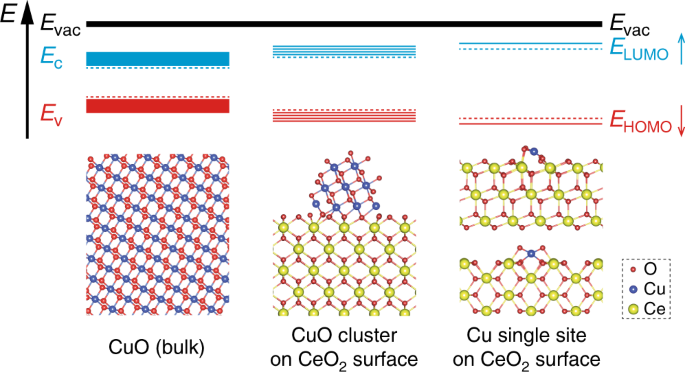
Authors (26): L. Kang, B. Wang, Q. Bing, M. Zalibera, R. Büchel, R. Xu, Q. Wang, Y. Liu, D. Gianolio, C. C. Tang, E. K. Gibson, M. Danaie, C. S. Allen, K. Wu, S. Marlow, L. -D. Sun, Q. He, S. Guan, A. Savitsky, J. J. Velasco-Vélez, J. Callison, C. W. M. Kay, S. E. Pratsinis, W. Lubitz, J. -Y. Liu, F. R. Wang
Themes: BAG DOI: 10.1038/s41467-020-17852-8
Citations: 135
Pub type: article-journal
Pub year: 2020
Publisher: Springer Science and Business Media LLC
Issue: 1
License: [{"URL"=>"https://creativecommons.org/licenses/by/4.0", "start"=>{"date-parts"=>[[2020, 8, 11]], "date-time"=>"2020-08-11T00:00:00Z", "timestamp"=>1597104000000}, "delay-in-days"=>0, "content-version"=>"tdm"}, {"URL"=>"https://creativecommons.org/licenses/by/4.0", "start"=>{"date-parts"=>[[2020, 8, 11]], "date-time"=>"2020-08-11T00:00:00Z", "timestamp"=>1597104000000}, "delay-in-days"=>0, "content-version"=>"vor"}]
Publication date(s): 2020/12/11 (online)
Pages:
Volume: 11 Issue: 1
Journal: Nature Communications
URL: http://dx.doi.org/10.1038/s41467-020-17852-8Supported atomic metal sites have discrete molecular orbitals. Precise control over the energies of these sites is key to achieving novel reaction pathways with superior selectivity. Here, we achieve selective oxygen (O2) activation by utilising a framework of cerium (Ce) cations to reduce the energy of 3d orbitals of isolated copper (Cu) sites. Operando X-ray absorption spectroscopy, electron paramagnetic resonance and density-functional theory simulations are used to demonstrate that a [Cu(I)O2]3− site selectively adsorbs molecular O2, forming a rarely reported electrophilic η2-O2 species at 298 K. Assisted by neighbouring Ce(III) cations, η2-O2 is finally reduced to two O2−, that create two Cu–O–Ce oxo-bridges at 453 K. The isolated Cu(I)/(II) sites are ten times more active in CO oxidation than CuO clusters, showing a turnover frequency of 0.028 ± 0.003 s−1 at 373 K and 0.01 bar PCO. The unique electronic structure of [Cu(I)O2]3− site suggests its potential in selective oxidation. Precise control over the energy of atomic metal sites is key to unlocking novel reaction pathways. Here, the authors achieve selective oxygen activation by the isolated copper site on ceria, due to its reduced 3d orbital energy via cerium induced electron withdrawing effect.
| Name | Description | Publised |
|---|---|---|
| Supplementary Information | Supl. Information... | 2020 |
| 41467_2020_17852_MOESM2_ESM.pdf | Peer Review File... | 2020 |
<< Previous Back Next >>